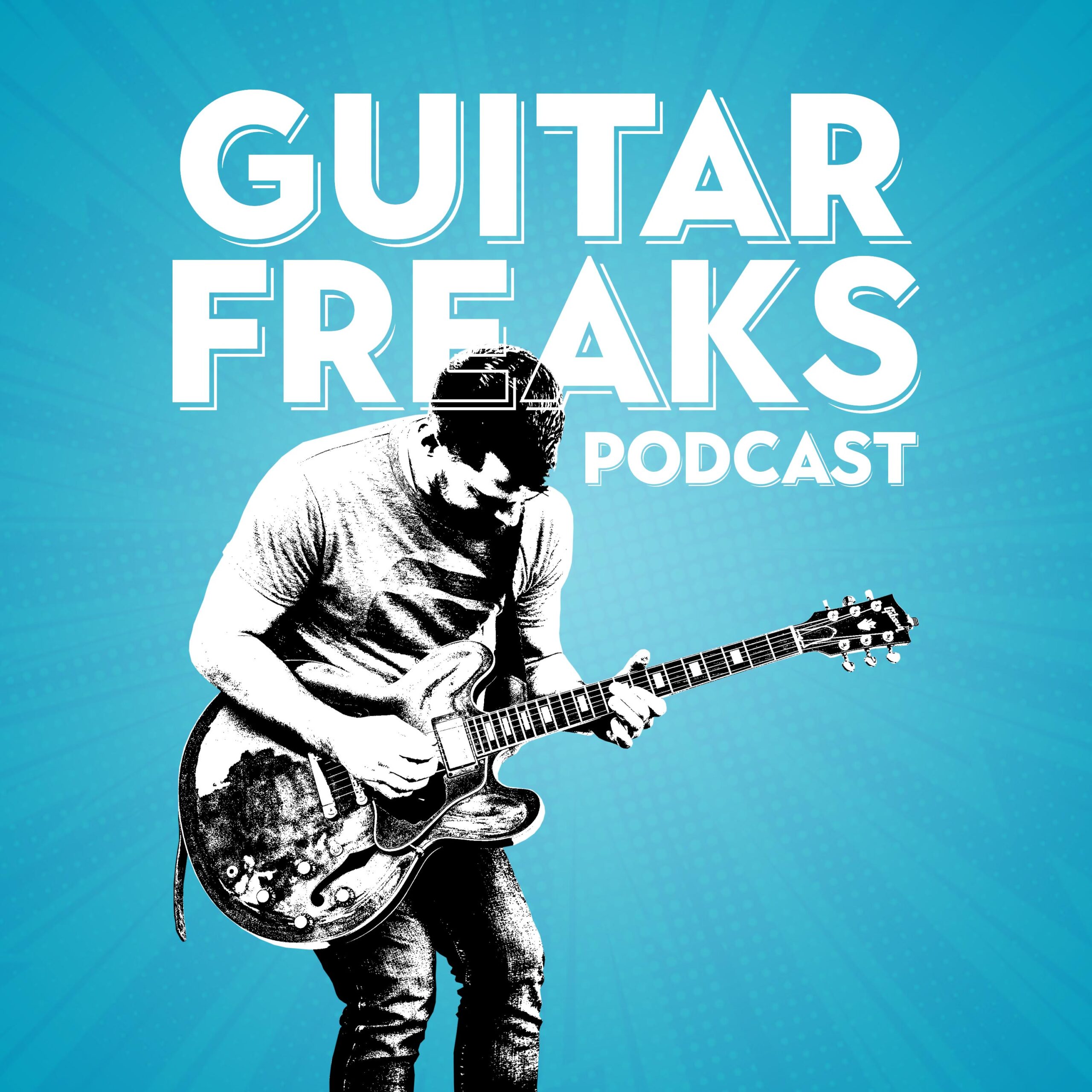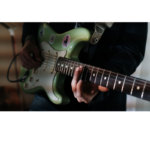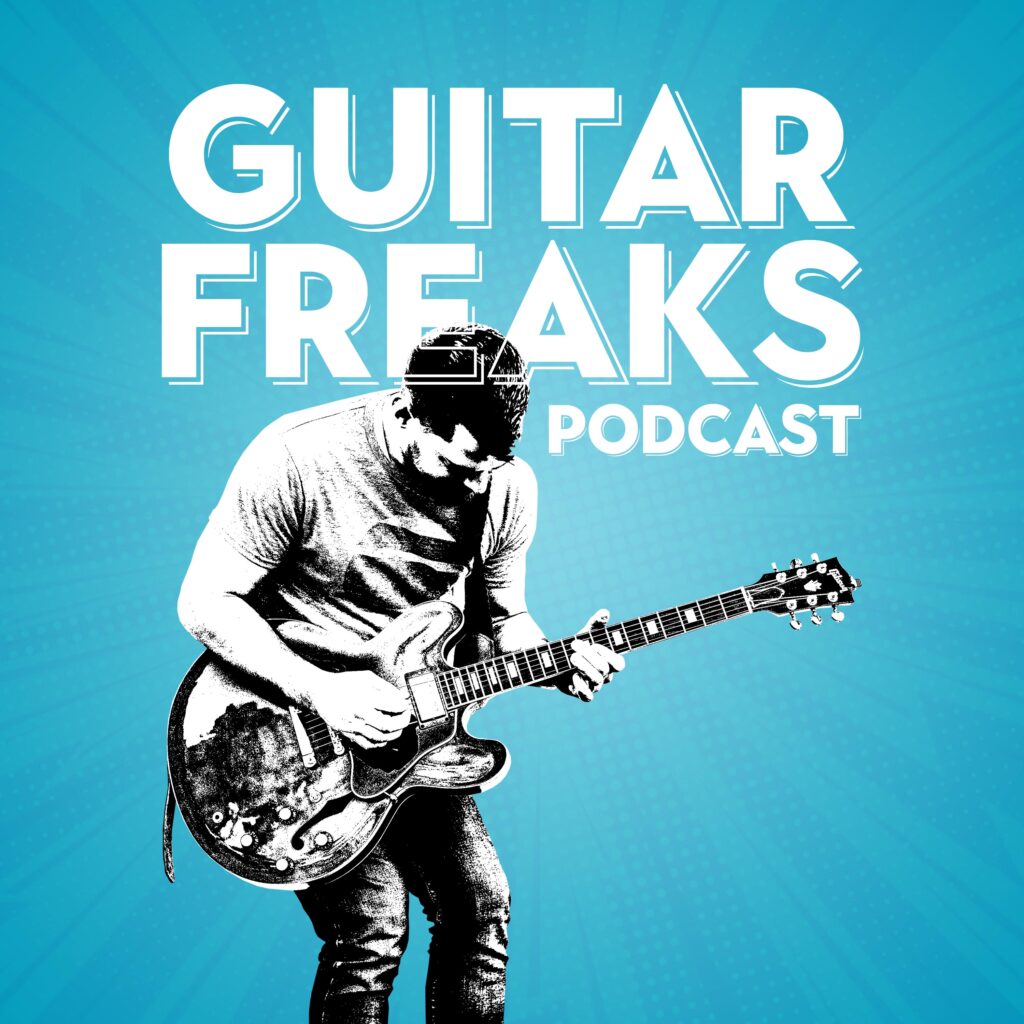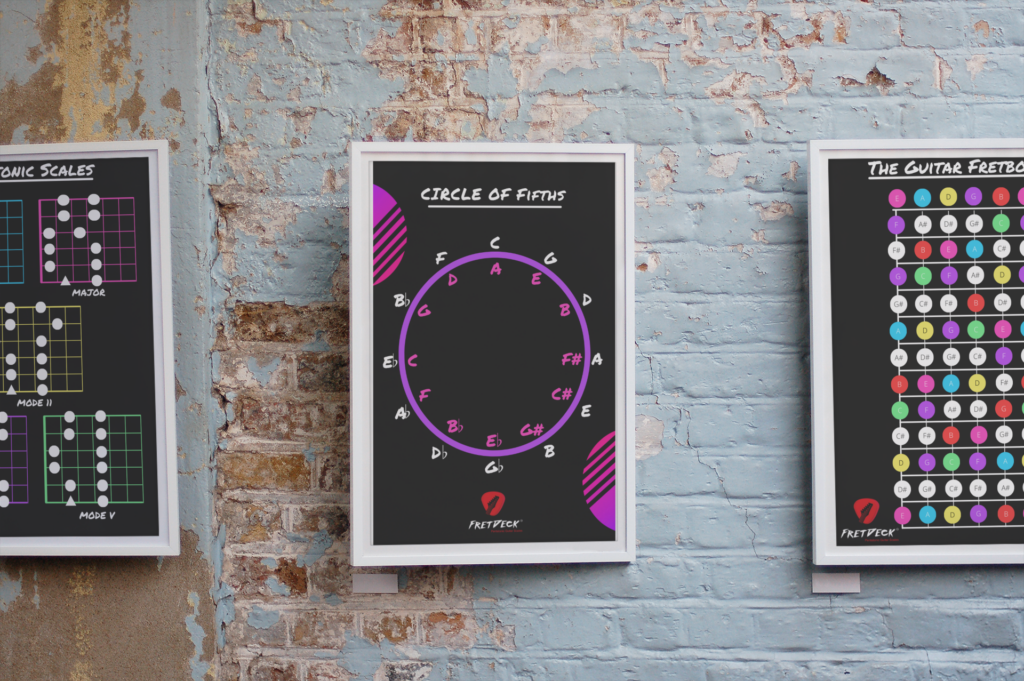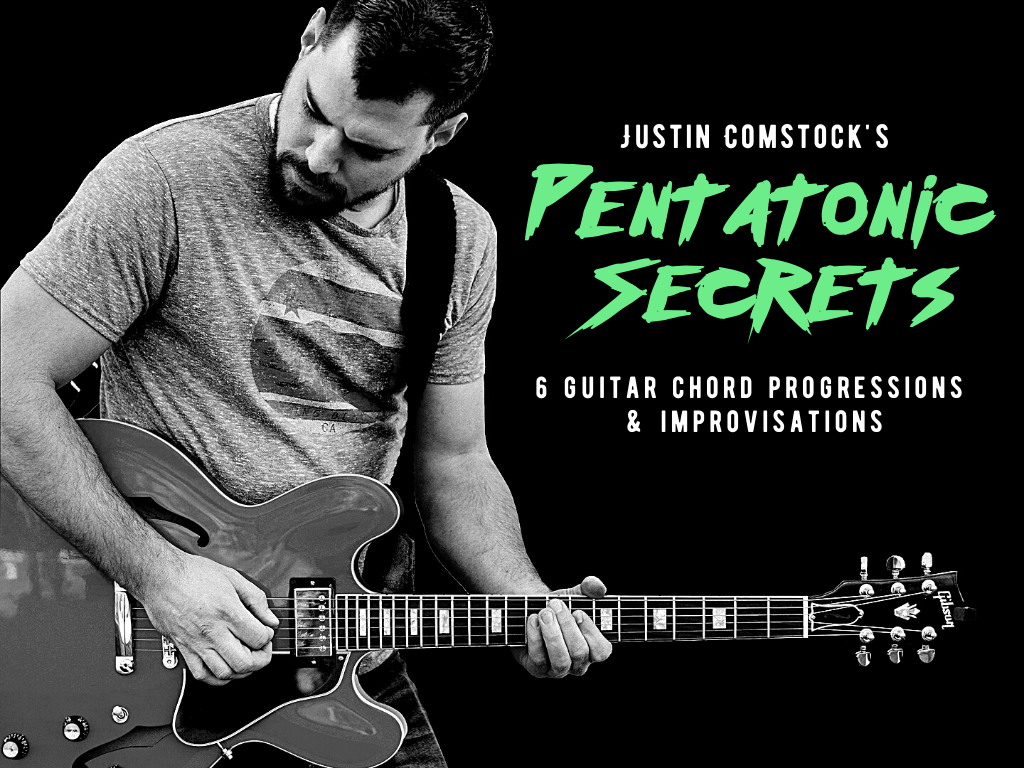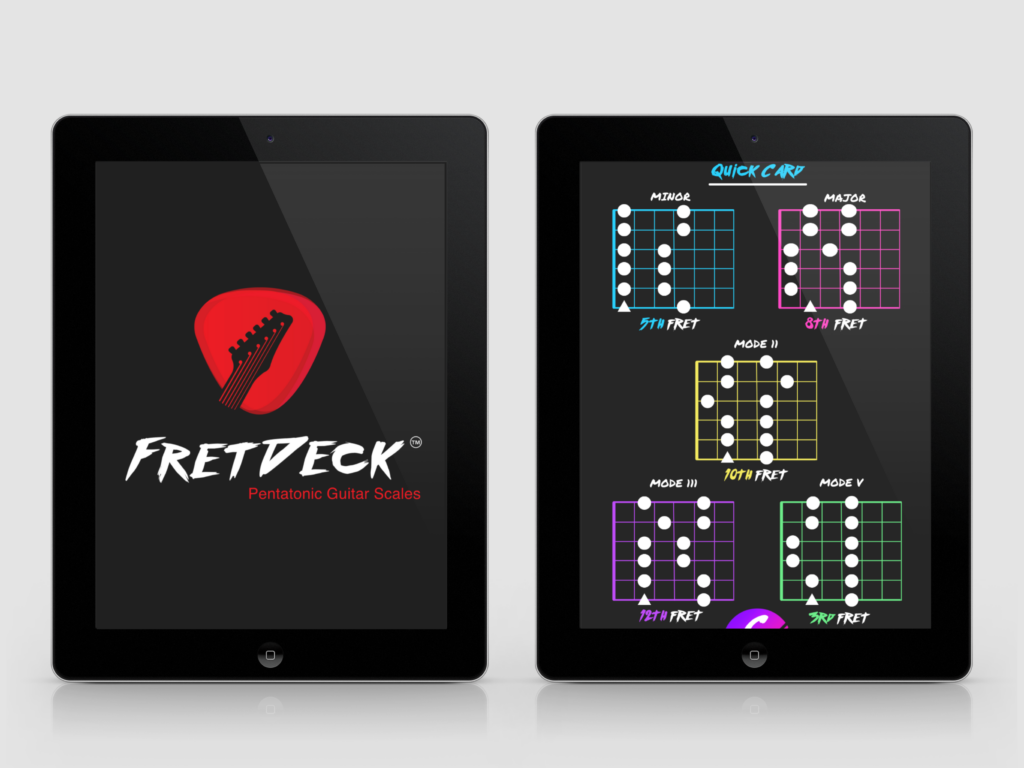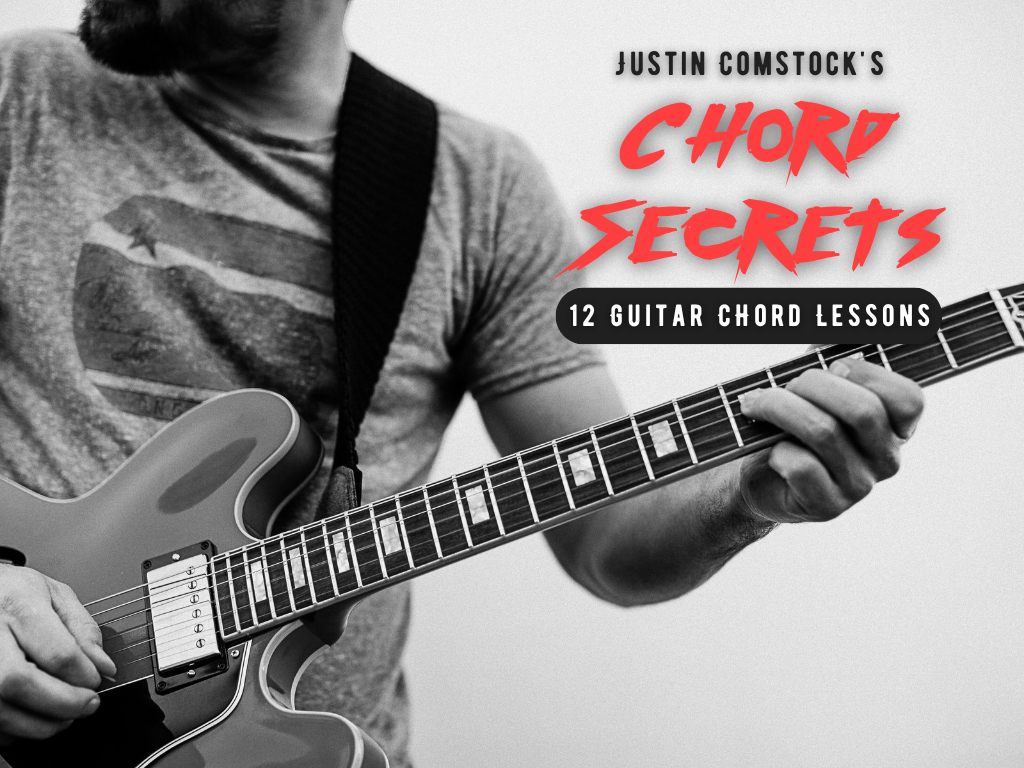If you’ve been playing for a while and still dread guitar barre chords, you’re not alone.
Maybe you’ve tried to muscle through them—squeezing your fret hand into submission—only to end up with aching fingers and buzzing strings. Or maybe you’ve avoided barre chords altogether, convinced that your hands “just aren’t built for it.”
But here’s the thing: guitar barre chords aren’t supposed to be painful. They’re not a rite of passage, and they’re definitely not something only “strong” guitarists can handle.
The truth is, most players struggle with barre chords not because they’re weak—but because they’ve been taught the wrong way to approach them.
In this post, we’re going to flip the script. You’ll learn how to play guitar barre chords with less effort, more confidence, and real musical expression. We’ll dig into the mechanics, correct common myths, and show you how tools like FretDeck can turn barre chords from a frustrating workout into a powerful creative weapon.
Let’s dive in—and change the way you think about barre chords forever.
🎸 Chapter 1: The Real Purpose of Guitar Barre Chords
Let’s stop thinking of barre chords as a “test” of your grip strength. That’s not what they’re for.
Guitar barre chords exist to give you freedom across the neck. They allow you to:
- Move open chord shapes up the fretboard
- Play in any key without needing a capo
- Control tone, rhythm, and expression from a single hand shape
- Understand harmony on a deeper level
When you truly understand why barre chords matter, they go from being a source of pain to a gateway to mastery.
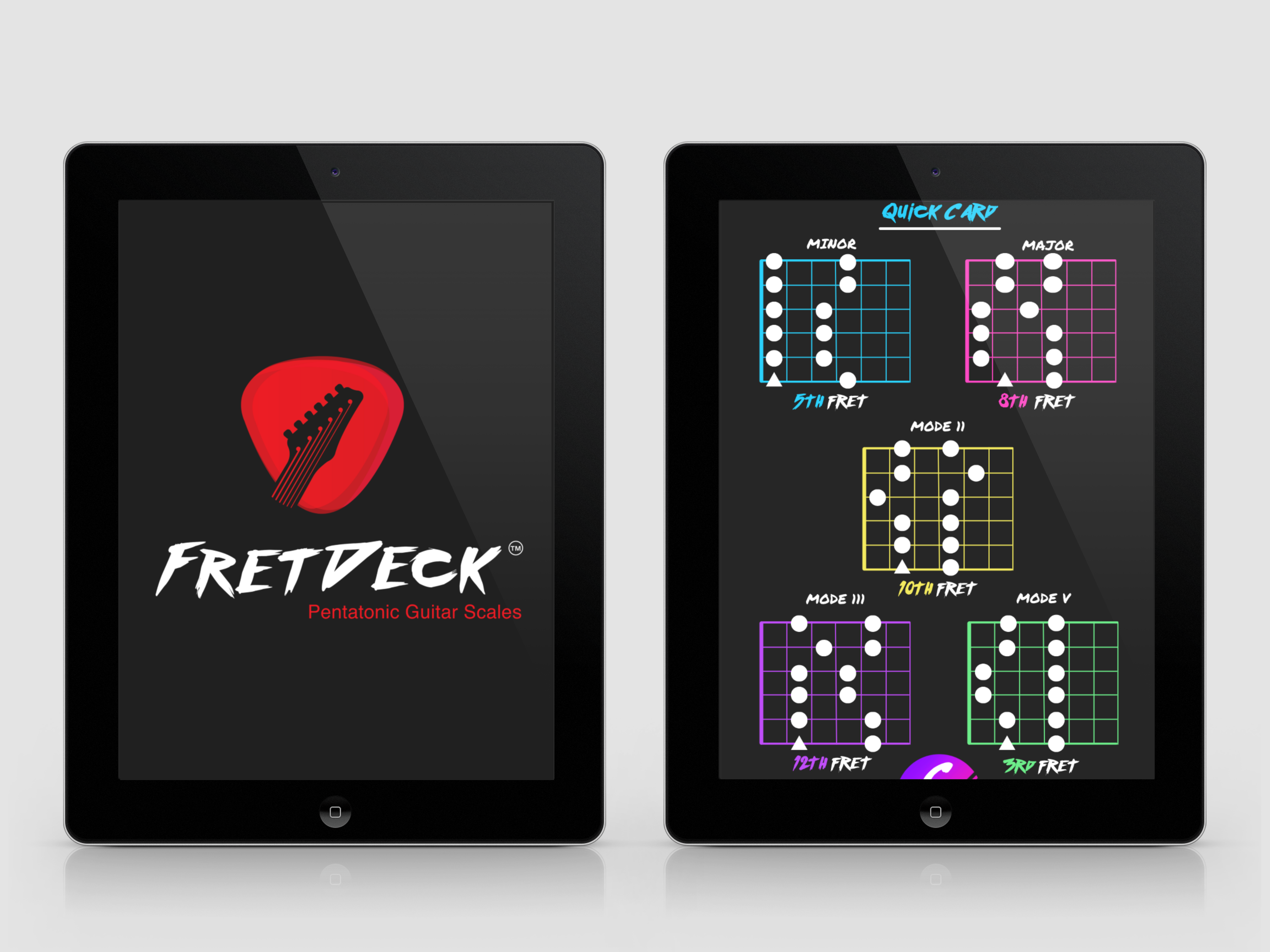
Download The FretDeck & Pentatonic Secrets Course!
Download Our Course
🧠 Chapter 2: Why Barre Chords Hurt — and What to Do Instead
This is the part nobody talks about:
Most barre chord pain doesn’t come from your fingers—it comes from tension and bad alignment.
Here’s what’s likely happening:
- You’re pressing harder than necessary (especially with the index finger)
- Your wrist is bent at a harsh angle, cutting off blood flow
- You’re not using the natural weight of your arm to assist with pressure
- You’re fretting too far behind the fret, creating buzz and fatigue
Try This:
- Bring your thumb lower on the back of the neck—not squeezed tight, but supporting
- Align your index finger so it’s slightly on its side (not the flat pad)
- Lean your finger toward the nut, like it’s “hugging” the fretboard
This reduces pressure while improving your tone. It’s not about playing harder—it’s about playing smarter.
✅ Chapter 3: You Don’t Need to Barre All 6 Strings
One of the most freeing lessons I ever learned about guitar barre chords was this:
You don’t have to press every string in a barre chord—especially not at first.
Let’s say you’re trying to play an F major chord. Instead of forcing all six strings into submission, try this:
- Barre just the top four strings
- Mute the low E and A with your index or middle finger
- Focus on tone, not pressure
This technique is called partial barring, and it’s how pros make barre chords sound clear and effortless—without hand cramps.
Use this as a stepping stone. You’ll build strength and accuracy without unnecessary strain.
🎵 Chapter 4: Barre Chords as Musical Tools, Not Exercises
Let’s shift your mindset.
Instead of seeing barre chords as a necessary evil, start thinking of them as tools for expression.
You can:
- Lighten your pressure for a more percussive, funky tone
- Slide into barre chords for a soulful entrance
- Alter the chord voicing by adding or removing fingers (sus2, 7ths, etc.)
- Create dynamic contrasts in rhythm guitar parts
Barre chords aren’t binary—they’re malleable.
Try taking a B minor barre chord at the 7th fret:
- Play it fully, then lift your pinky = Bm7
- Lift your middle finger = Bsus2
- Slide up two frets for a dreamy C#m9 feel (with some added extensions)
This is the stuff that turns rhythm players into musicians.
📘 Chapter 5: FretDeck + Barre Chords = Fretboard Confidence
You might be asking: How do I keep all these barre chord shapes and variations straight?
That’s where FretDeck comes in.
FretDeck is a visual guitar learning system that helps you:
- See how barre chords move across the neck
- Understand how E and A shapes relate to full chords
- Add 7ths, 9ths, and sus notes with simple overlays
- Connect barre chords with scale positions and melody notes
If you’ve ever wished you had a map for the fretboard—something that shows you why things work, not just where to put your fingers—FretDeck is your answer.
👉 Explore Barre Chords with FretDeck

Download The FretDeck & Pentatonic Secrets Course!
Download Our Course
✍️ Chapter 6: Keep a Barre Chord Practice Journal
If you’re serious about improving your guitar barre chords, you need to measure progress—not just practice blindly.
What to write in your journal:
- Chords you practiced (e.g. F major, B minor)
- What helped reduce buzzing or fatigue
- Barre chord shapes you discovered or modified
- Musical uses (e.g. used F#m7 in a funk riff)
- How long you practiced before your hand got tired
Over time, this creates a roadmap of your improvement—and helps you troubleshoot faster when something feels off.
🎶 Chapter 7: Use Barre Chords in Real Songs (Not Just Drills)
One of the best ways to build comfort with barre chords is to use them in actual music.
Here are some killer songs that use basic barre chords:
- “Creep” – Radiohead: G–B–C–Cm (classic barre shapes)
- “Ain’t No Sunshine” – Bill Withers: Moves between Em and Am-style barres
- “Something” – The Beatles: Mixes full and partial barres for voicing
Instead of slogging through random exercises, play these songs. Your hand will adapt naturally as your ears lead the way.
Better yet—write your own chord progression using all barre chords. Try a progression like:
- F – Gm – Bb – C
- Move it up two frets: G – Am – C – D
You’ll start to feel the neck as one big canvas, not a collection of mystery boxes.
🎯 Final Thoughts: What If Barre Chords Didn’t Have to Hurt?
Let’s recap what you actually need to master guitar barre chords:
- Use proper technique, not excess force
- Explore partial barres and clean muting
- Apply barre chords in real songs and riffs
- Understand the fretboard visually with FretDeck
- Keep a practice journal to track improvement
- Think of barre chords as musical choices, not just exercises
You don’t need to be a bodybuilder to play barre chords. You just need awareness, guidance, and practice that works for you.
🎸 Join the Guitar Freaks Hangout on Discord
Want help with your barre chord form? Need feedback on a song you’re writing? Or maybe you just want to nerd out about Hendrix chord shapes?
Join the free Guitar Freaks Hangout Discord—a supportive community of passionate players, teachers, and tone chasers who love to help each other grow.
We’ve all struggled with guitar barre chords—but you don’t have to struggle alone.
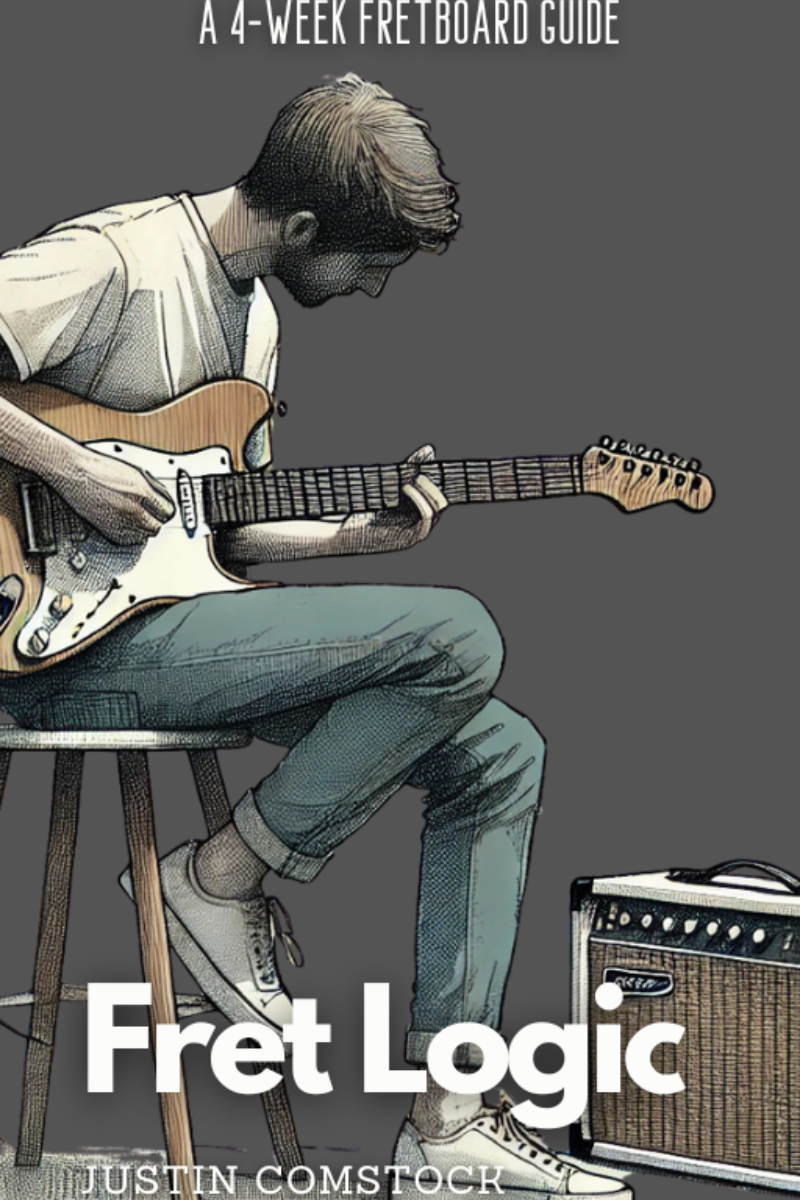
Join Guitar Freaks Hangout on Discord! 🎸
Get Fret Logic FREE!
Join the Guitar Freaks Hangout Discord and get exclusive access to my entire e-book, Fret Logic! Master the fretboard and elevate your solos with this comprehensive guide.
👉 Don’t miss out—join now and download your free copy!
Want to see barre chords in action? Check out our in-depth breakdown of the A minor 7 chord—a perfect starting point for learning partial barres and modal voicings.
Curious how pros like John Mayer make barre chords sing? Here’s a fantastic Guitar World article on chord control and economy of motion that’s worth the read.
